This month, I find myself drawn to gardening projects of all kinds. Maybe it’s because my summer vegetable garden was a complete failure. Maybe it’s because my new apartment has TONS of natural and direct light sources (bathroom skylight and south-facing windows what what!). Or maybe it’s because all of my gardening attempts in my adult life have been totally meh. I’m sure my recent insatiable gardening curiosity is the product of all of these. As always, feel free to chime in with other fall gardening tips and ideas. I make no promises I know what I’m doing, but I do promise to share links to the information and resources I’ve found that are helping to guide my September 2011 gardening quest.
For my first project, I revisited indoor gardening. I recently acquired a gorgeous hutch for my kitchen, but many of its shelves have been tragically bare for weeks. A teeny herb harden (and all of the leftover dried artichokes from my wedding) make the hutch look great. See?
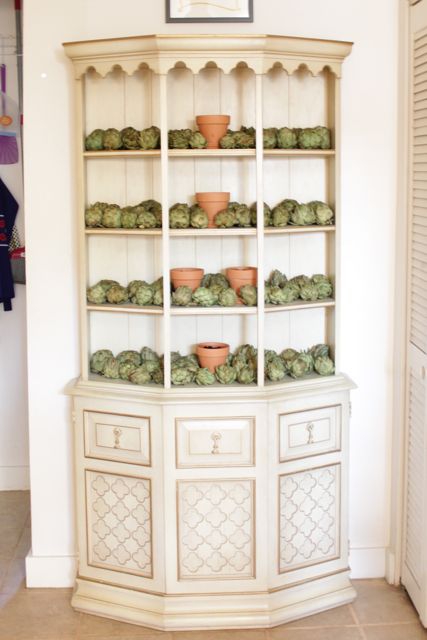
Inside those pots, my chive, basil, grass, parsley and sage seeds are starting to germinate. Here’s how to create a little garden of your own for the winter.
Supplies
one container for every plant you want to grow (Home Depot carries little terra cotta pots for about a buck a piece)
potting soil, preferably with a little bit of compost mixed in
some pebbles for drainage
seeds I ordered mine from Burpee. Big stores don’t carry seedlings or seeds other than in the spring.
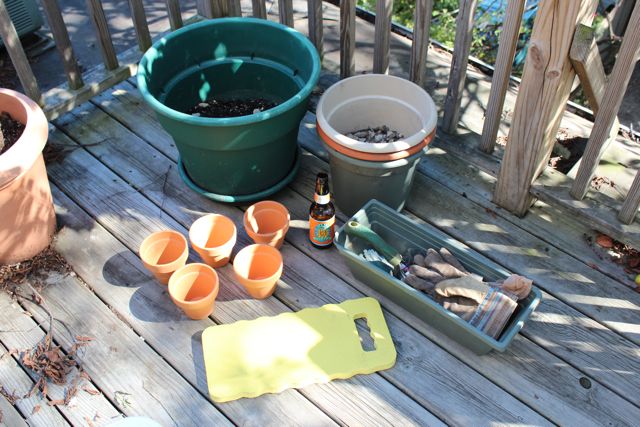
Directions
If starting your garden from scratch, fill your pot with a shallow layer of rocks/pebbles, followed by some potting soil. Follow directions that come with any seed packets for sowing your seeds. The packets will tell you how many seeds to plant in your pot, how deep, and whether or not to pack down the soil in the pot*.
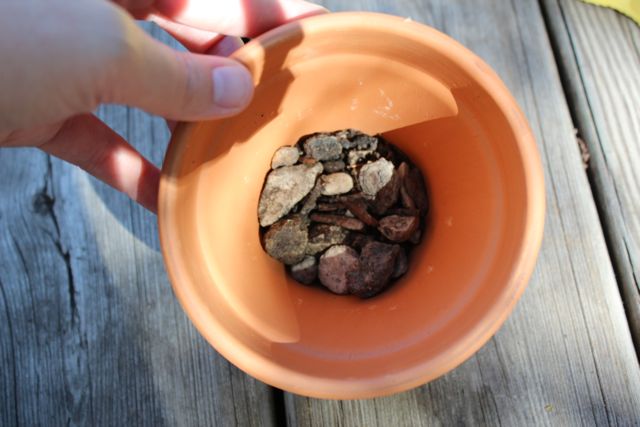
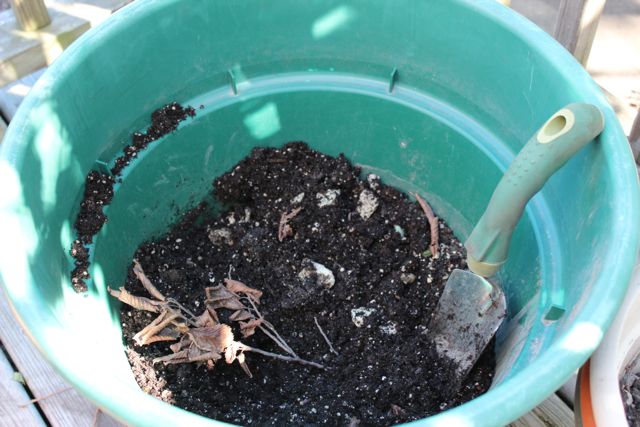
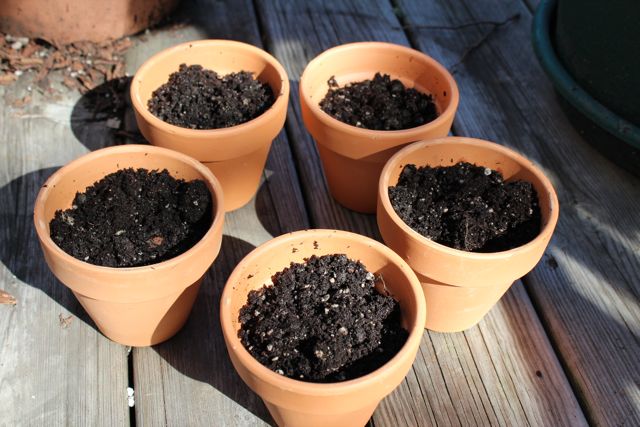
A lot of people think that forgetting to water your garden is the only concern with container gardening. container gardens can dry out faster than a garden planted in the ground. Don’t overcompensate, though! I learned my lesson about over watering my garden the hard way. Over watering can be a hard problem to diagnose. Leaves begin to wilt and lower leaves turn yellow at the bottom. Always make sure to check your plant’s soil before watering. Roots need air just as much as the rest of your plant. Over watering can compact your soil and suffocate your roots. Not only that, it can lead to the plants rotting away in their own soil. Over watering is really hard to fix. There’s not much you can do short of repotting the plant if it’s started to rot at the roots.
Maybe this sounds silly, but the analogy I try to keep in mind when gardening is this: If you’re thirsty, you need a drink of water, but if someone keeps pouring water down your throat, you’ll drown. Your plant’s roots need water, but they also need to breathe. Giving them water in an environment in which they can still breathe is essential to their survival.
*Overpacking your soil can also suffocate your plant.Â
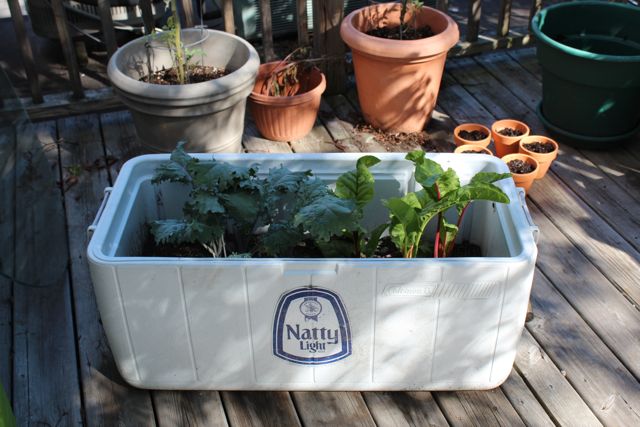
Another thing to consider is that you don’t need to use expensive or even cheap pots for your garden. If you set it up properly and keep track of the plant’s water, air, and sun intake on a regular basis, you’ll be fine. Case in point: my most successful garden this year was this Natty Light cooler. I’ve already harvested about a dozen batches of kale and swiss chard this season, and they’re not done yet.
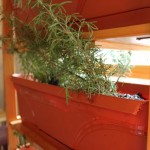
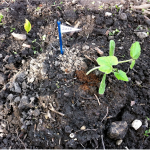
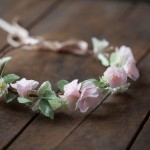



 & shop new patterns
& shop new patterns 





Leave a Reply